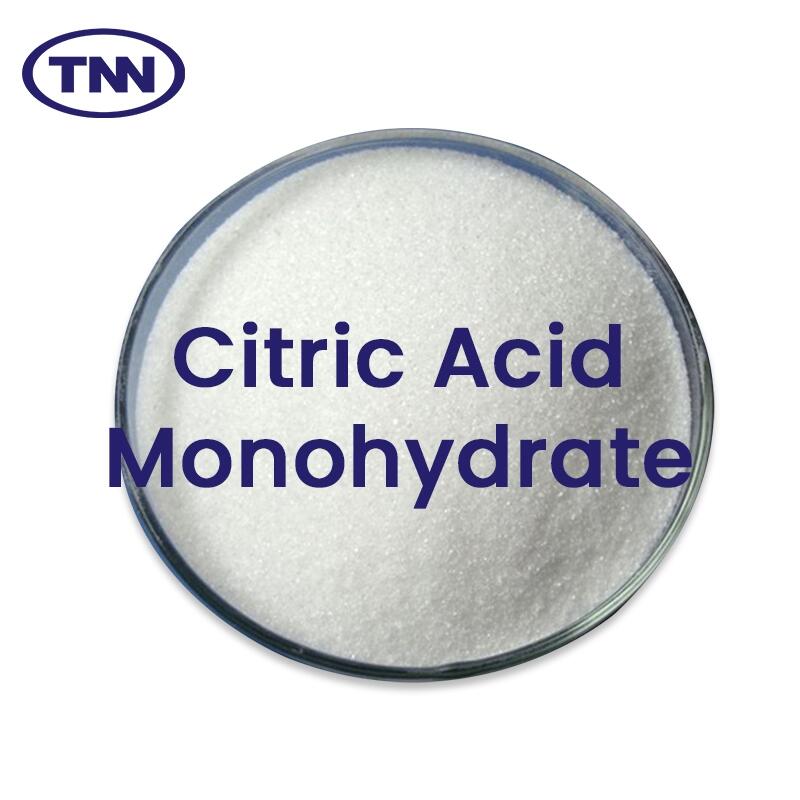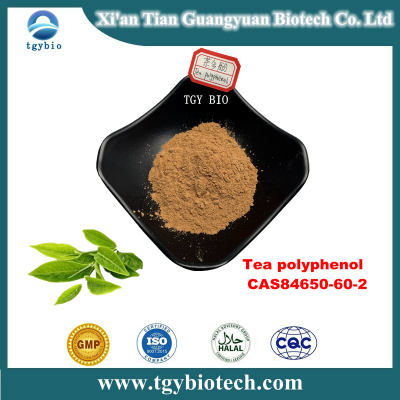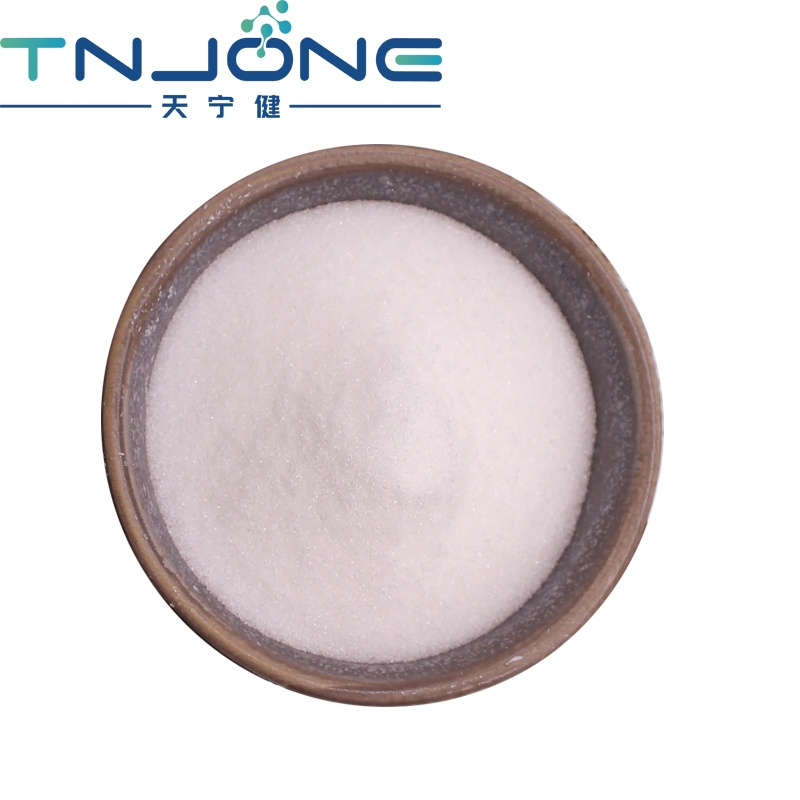How to use synthetic colorants lemon yellow and sunset yellow
-
Last Update: 2005-07-16
-
Source: Internet
-
Author: User
Search more information of high quality chemicals, good prices and reliable suppliers, visit
www.echemi.com
Q: in the process of food production and processing, how to use synthetic colorants safely and effectively? Can you give a brief introduction to their features and key points of use? A: like other substances, food will show certain color under the light The evaluation of food appearance quality is determined by four basic parameters: color, fragrance, taste and shape The so-called "color" here is the color of food It is first perceived by people through vision, and people react differently to different colors This is because people's contact with food for a long time has given different colors to different food in people's thinking Such as red apples, yellow bananas, green vegetables, purple eggplant and so on Because vision is the most important and direct source of information for people to receive, when people judge the quality of a food, they often observe its color first, so as to determine the "choice" of a food Although there are many kinds and colors of natural food, it gives people a great appetite But in the production, processing, storage and transportation of natural food, it is easy to change color and fade due to the influence of light, heat, oxygen, temperature, pressure and other external environment In order to maintain the color characteristics of food itself, in the process of production and processing, it is usually necessary to color these foods to improve people's sensory needs for food For example, when apple pulp contacts with air, it will turn brown due to oxidation, and how to ensure that it does not change color in the processing process or has the original color after processing is the problem that processing producers must solve For artificial food, it is more important to give people vivid, pleasing, lifelike and harmonious colors and taste reverie Sometimes the change of color determines the sales prospect of a certain food Although there are different opinions on the synthetic colorant, it is not wrong to follow the national standard of our country Of course, in the process of color mixing, it must be carried out in strict accordance with the national standards and requirements on food additives Due to the high purity of this kind of pigment, the following aspects should be paid attention to when using 1 Weigh accurately to avoid color difference Even if the colorant of the same color has different varieties, the color may be different, so it should be noted before use 2 The colorant must be prepared into a solution for reuse, so as to avoid the formation of color spots; distilled water or cold boiled water shall be used for the preparation of the solution, and no metal utensils shall be used as far as possible, and it is better to use it now 3 Moderate staining 4 When mixed colorants are used, colorants with similar properties, such as solubility, permeability and dye, shall be used There are many kinds of synthetic colorants This paper mainly introduces two kinds of colorants which are most commonly used in food and drink: lemon yellow and sunset yellow Lemon yellow, also known as tartar yellow, hydrazine yellow, edible yellow No 4 The molecular formula is C16H9N4Na3O9S2, and the relative molecular weight is 534.37 Lemon yellow is the most widely used synthetic pigment in the world It is orange yellow powder, odorless Soluble in water, glycerin, glycol, slightly soluble in ethanol, the solubility at 21 ℃ is 118% (water), 9% (10% ethanol), 3% (50% ethanol) Insoluble in grease 0.1% aqueous solution is yellow, stable in citric acid and tartaric acid, slightly red in case of alkali The maximum absorption wavelength is (428 ± 2) nm It has good light resistance, heat resistance (105 ℃), salt resistance, poor oxidation resistance and fading in reduction Easy coloring, high fastness According to the hygienic standard for the use of food additives (GB2760-1996), lemon yellow can be used in juice drinks, confectionery wine, candy, pastry, jelly, jam, canned watermelon jam, green plum, shrimp chips and pickled vegetables, with a maximum use of 0.10g/kg The maximum use amount of ice cream is 0.02g/kg; the maximum use amount of vegetable protein beverage and lactobacillus beverage is 0.05g/kg Sunset yellow, also known as sunset yellow, sunset yellow, orange, edible yellow No 3 The molecular formula is c16h10n2na2o7s2, the relative molecular weight is 452.38, and it is azo pigment Sunset yellow is orange red powder or particle, odorless Soluble in water, glycerin, propylene glycol, slightly soluble in ethanol, the solubility at 25 ℃ is: 19.0% (water), 3.0% (50% ethanol), 20% (50% glycerin), 7.0% (50% propylene glycol) Insoluble in oil, neutral and acid aqueous solution is orange yellow, and turns red brown in case of alkali It has strong hygroscopicity, heat resistance and light resistance, and fades when reducing Dissolve in concentrated sulfuric acid to make orange liquid Easy coloring, high fastness According to the hygienic standard for the use of food additives (GB2760-1996), sunset yellow can be used in high sugar juice drinks, carbonated drinks, concentrated fruit juices, prepared wine, sweets, pastries, canned watermelon paste, green plum, shrimp chips, vegetable protein drinks and Lactobacillus drinks, with the maximum dosage of 0.10g/kg, ice cream with the maximum dosage of 0.09g/kg, candy coating and red The maximum usage of green silk is 0.20g/kg At present, the price of synthetic pigments of various brands in the market of our country is generally high, and the cost of producers in food production is relatively high Shanghai Jianying food science and Technology Research Institute, in response to the market requirements, on the one hand, develops foreign distribution markets, imports synthetic pigments, on the other hand, develops all kinds of synthetic pigments by itself Through the test of our technical center, it is proved that the quality, price and dyeing power of the colorant imported by our institute or developed by ourselves are better than those of famous domestic brands with the same purity These colorant products are now on the market, and their quality and price are welcomed by the majority of manufacturers.
This article is an English version of an article which is originally in the Chinese language on echemi.com and is provided for information purposes only.
This website makes no representation or warranty of any kind, either expressed or implied, as to the accuracy, completeness ownership or reliability of
the article or any translations thereof. If you have any concerns or complaints relating to the article, please send an email, providing a detailed
description of the concern or complaint, to
service@echemi.com. A staff member will contact you within 5 working days. Once verified, infringing content
will be removed immediately.







